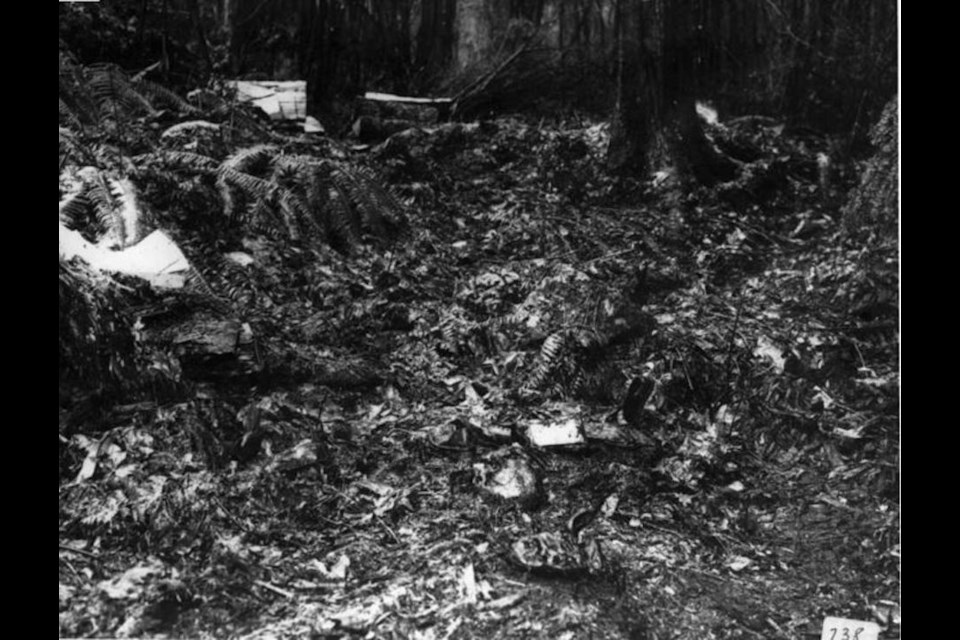Vancouver police came a big step closer this week in solving the seven-decades-old cold case known as the Babes in the Woods. Redgrave Research Forensic Services announced this week that the DNA profile of the older boy has been successfully uploaded to GEDmatch—a public genealogy database where people submit their DNA to learn about their ancestry. Now forensic genetic genealogists at the Massachusetts-based lab are working to build out trees of cousin matches in the hope of finding a family connection to the two boys.
The case was already cold in January 1953 when a Vancouver Parks Board worker was clearing bush in Stanley Park and discovered two small skeletons buried under a woman’s coat. Initially, the skeletons were thought to belong to a boy and a girl aged between six and nine.
It wasn’t until DNA was extracted from their teeth in 1996, that police discovered they were looking for two half brothers. In 2015, a former VPD detective, born in 1930, told police that the mother of the missing children may have lived with his grandmother in her West End rooming house. An investigation found that she had another son who died in the 1970s, was buried at Mountain View Cemetery and could be a half-brother to the Babes in the Woods. His body was exhumed and tested for mitochondrial DNA (DNA passed directly from the mother), but the remains were so degraded that the results were inconclusive.
Up until now, it has proved impossible to extract a DNA sample from the bone fragments of the children that could be used to help identify them. Then, last year, the VPD partnered with Redgrave Research, the company credited with helping to solve the 1984 murder of nine-year-old Christine Jessop from Ontario.
It’s an interesting twist. Genetic genealogy has been used to identify the murderers in several high-profile cases including the Golden State Killer. Police submitted DNA found at crime scenes to GEDmatch and the search uncovered a dozen distant relatives. Researchers then built a family tree, eventually narrowing the killer down to around a thousand people. Next, they looked for potential suspects—men about the killer’s age who had connections to the crime scenes. They were able to find two, and in 2020, convicted Joseph DeAngelo of the crimes. The same technique led to the arrest of William Earl Talbott in 2018 for the killings of 18-year-old Tanya Van Cuylenborg and 20-year-old Jay Cook, a Saanich couple, murdered in Washington State in 1987.
Redgrave is using a similar process to identify the two boys, their mother and both fathers. If the VPD has their names, then they can investigate their murders. And while no one believes their murderer is still alive, if we know who killed them and why we’ll finally have the answer to one of Vancouver’s coldest murder mysteries.
Want to help Redgrave give these kids back their names? If you’ve taken a commercial DNA test from somewhere like Ancestry or 23&Me, upload your data to GEDmatch.
- For more information listen to Cold Case Canada podcast: Babes in the Woods
Eve Lazarus is a reporter and author, and she hosts and produces the Cold Case Canada true crime podcast. Her books include the B.C. bestsellers Murder by Milkshake; Blood, Sweat, and Fear; Cold Case Vancouver and Vancouver Exposed: Searching for the City’s Hidden History. She blogs at Every Place has a Story.





